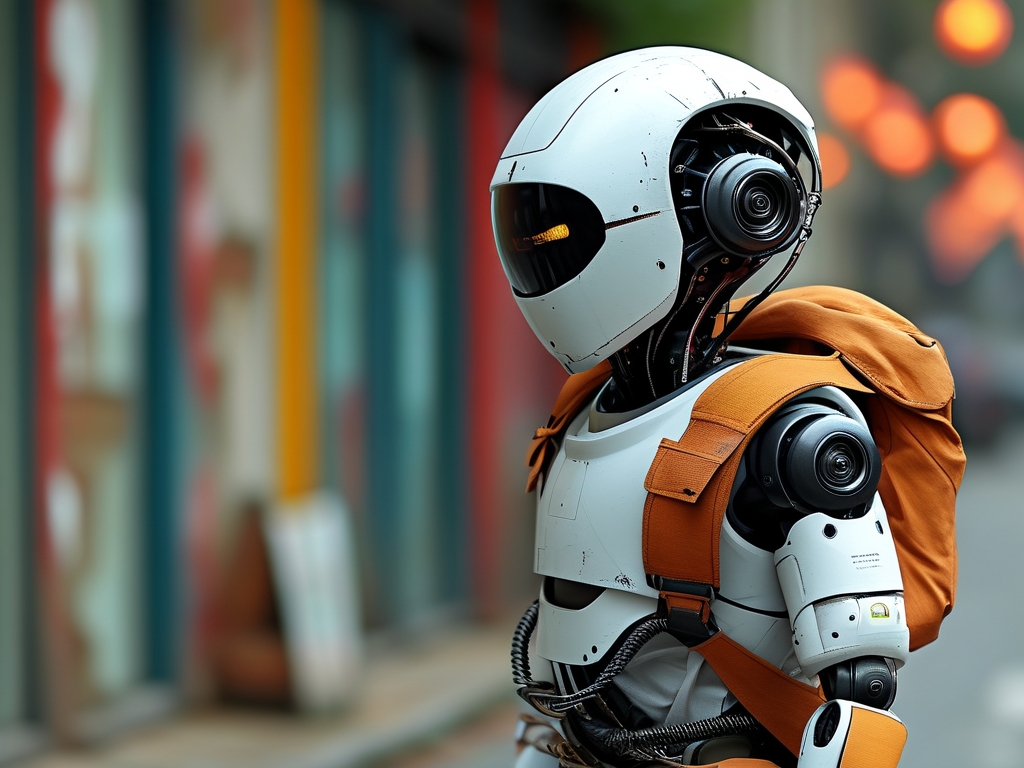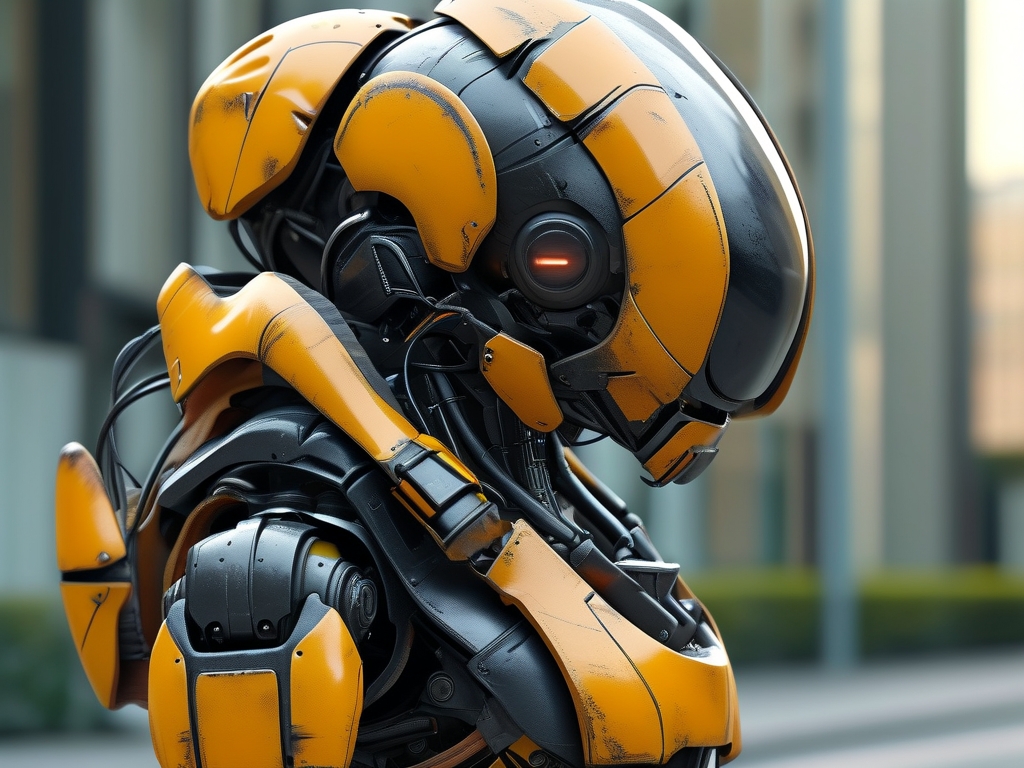Human-carrying robot technology represents a groundbreaking fusion of robotics, biomechanics, and artificial intelligence. Designed to transport individuals across diverse terrains, these robots are redefining mobility solutions for healthcare, emergency response, and urban transportation. This article explores the core principles behind this technology, focusing on mechanical design, sensory systems, and adaptive control mechanisms.
Mechanical Structure and Load-Bearing Design At the heart of human-carrying robots lies a robust mechanical framework engineered to support human weight while maintaining balance. Most systems utilize a modular exoskeleton or platform-based design. Exoskeleton models, inspired by human anatomy, incorporate articulated joints and shock-absorbing materials to mimic natural movement. Platform-based robots, on the other hand, resemble compact vehicles with reinforced frames capable of bearing loads up to 150 kg.
Key components include:

- Actuators: High-torque electric motors or hydraulic systems power limb-like structures, enabling precise movement.
- Lightweight Alloys: Carbon fiber and aerospace-grade aluminum reduce weight without compromising strength.
- Dynamic Stabilization: Gyroscopes and inertial measurement units (IMUs) continuously adjust posture to prevent tipping.
Sensory and Navigation Systems To safely carry humans, these robots rely on multi-layered perception systems. LiDAR, stereoscopic cameras, and ultrasonic sensors create 3D maps of the environment in real time. Advanced algorithms process this data to identify obstacles, slopes, and surface irregularities. For example, when traversing stairs, the robot calculates step height and adjusts leg extension accordingly.
Machine learning models enable predictive navigation. By analyzing historical terrain data and user movement patterns, the robot anticipates shifts in weight distribution or sudden stops. This is critical in crowded urban environments or during emergency evacuations.
Human-Robot Interaction (HRI) Mechanisms Safe physical interaction requires intuitive communication between the robot and its passenger. Force-sensitive resistors embedded in handrails or harnesses detect user input, such as directional nudges or grip adjustments. Voice commands and haptic feedback systems further enhance coordination.

A breakthrough in this field is adaptive impedance control, which allows the robot to modulate its rigidity based on the user's movements. If the passenger stumbles, the robot instantly softens its joints to absorb impact, then stiffens to restore stability.
Energy Efficiency and Power Management Human-carrying robots demand significant energy to sustain locomotion. Most systems employ hybrid power solutions, combining high-density lithium batteries with regenerative braking mechanisms. For instance, kinetic energy from descending stairs is converted into electrical energy, extending operational time by up to 30%.
Thermal management is equally vital. Liquid cooling systems prevent motor overheating during prolonged use, while low-power modes activate during idle periods.
Safety Protocols and Fail-Safes Redundancy is a cornerstone of safety design. Dual microprocessors run parallel computations to cross-verify decisions. If a sensor fails, backup systems switch seamlessly to alternative data sources. Emergency stop mechanisms include:
- Instant Freeze: Halts all motion if imbalance exceeds safe thresholds.
- Controlled Descent: Slowly lowers the passenger to the ground during power failures.
- Collision Avoidance: AI-driven path replanning within 200 milliseconds.
Applications Across Industries
- Healthcare: Robots assist patients with mobility impairments, reducing physical strain on caregivers.
- Disaster Response: Rugged models navigate debris to rescue individuals in hazardous zones.
- Tourism: Automated carriers transport visitors across large resorts or historical sites.
Ethical and Regulatory Challenges While promising, the technology raises questions about liability in accidents and data privacy. Regulatory bodies are drafting standards for safety certification and user consent protocols.
Future Directions Emerging trends include swarm robotics for group transportation and brain-computer interfaces (BCIs) for direct neural control. Researchers are also exploring biodegradable materials to reduce environmental impact.
Human-carrying robot technology merges engineering ingenuity with human-centric design. As advancements in AI and material science accelerate, these systems will likely become ubiquitous, transforming how we perceive personal mobility. However, addressing technical limitations and societal concerns remains pivotal to ensuring equitable and safe adoption.



